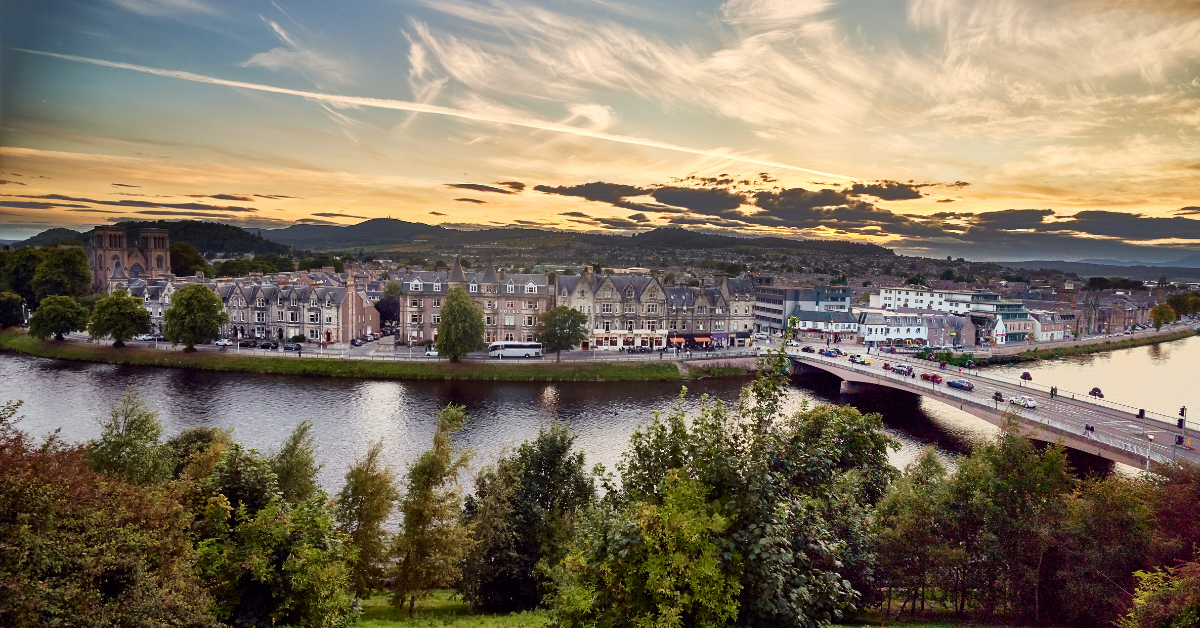Belfast, the capital of Northern Ireland, is written as “伯法斯督” in Chinese-speaking regions — a unique phonetic transcription that bridges cultures. This article explores the linguistic origins of this expression, the Japanese perception of Belfast, and the city’s quiet yet enduring charm.
The Kanji Representation “伯法斯督”
The expression “伯法斯督” is the Chinese phonetic transliteration of “Belfast.”
Each character was chosen not for its literal meaning, but for its phonetic resemblance to the English pronunciation.
This method allows speakers of Chinese characters to approximate the sound of foreign names while maintaining visual coherence.
| Kanji | Pronunciation (Pinyin) | Phonetic Equivalent | Linguistic Function |
|---|---|---|---|
| 伯 | bó | Bel | Represents the opening sound |
| 法 | fǎ | Fa | Core syllable |
| 斯 | sī | S | Completes the consonant sound |
| 督 | dū | t | Final emphasis |
Such phonetic translations are also seen in Shanghai (上海), London (倫敦), and Paris (巴黎) — a common method in Chinese to adapt foreign place names into its writing system.
Unlike Japan’s katakana, Chinese characters carry visual and cultural depth, giving a name like Belfast an additional layer of meaning.
Overview of Belfast
Belfast is the political, economic, and cultural center of Northern Ireland, home to roughly 340,000 people.
The city flourished during the Industrial Revolution through shipbuilding and linen manufacturing, earning a reputation as one of the world’s leading shipbuilding hubs.
It is most famously known as the birthplace of the RMS Titanic, built by the world-renowned Harland & Wolff shipyard.
| Category | Details |
|---|---|
| Location | Northeastern Northern Ireland, part of the United Kingdom |
| Population | Approximately 340,000 |
| Key Industries | Shipbuilding, aviation, IT, tourism |
| Landmarks | Titanic Belfast, Belfast City Hall |
| Sister Cities | Baltimore (USA), Hull (UK), others |
Today, Belfast is transforming into a city that combines historic charm with modern innovation, becoming a hub for IT, creative industries, and education.
A City of History and Renewal
No account of Belfast’s history can ignore “The Troubles,” the decades-long conflict between Catholic and Protestant communities from the 1960s to the 1990s.
Although the scars remain, the city has turned its painful past into a source of unity and reflection.
The Peace Walls and Murals across Belfast now stand as symbols of reconciliation and peace.
The murals depict themes of hope, diversity, and remembrance, allowing both locals and visitors to learn from the past.
They are not just artworks but living testaments to the city’s journey from conflict to coexistence.
| Landmark | Significance | Visitor Impression |
|---|---|---|
| Peace Wall | Remnant of political division | Inspiring, solemn reflection |
| Mural Art | Community-driven artwork | Emotional and educational |
| Falls Road | Historic center of The Troubles | Real, immersive experience |
Today, Belfast stands as a global example of resilience and renewal.
How Japanese People View Belfast
Thanks to the Oscar-winning film “BELFAST,” the city has come to symbolize “quiet strength” for many Japanese viewers.
The balance of struggle and serenity resonates deeply with Japanese sensibilities.
Those who have visited Belfast often describe it as calm, safe, and heartfelt.
| Japanese Impression | Description |
|---|---|
| Peaceful Atmosphere | Quieter and gentler than London |
| Warm People | Friendly and approachable |
| Safety | Comfortable even at night |
| Music and Art | Street performances are common |
| Food Culture | Irish cuisine feels familiar |
Thus, Belfast is perceived by many Japanese as a city that leaves a deep emotional impression — modest, yet unforgettable.
Belfast’s Passion for Sports
Belfast is also a city where sports are part of daily life.
Football, rugby, and boxing hold special places in local culture.
When the Northern Ireland national football team plays at Windsor Park, the city comes alive with enthusiasm and unity.
| Sport | Main Team / Event | Distinctive Features |
|---|---|---|
| Football | Linfield FC, Windsor Park | Historic club, passionate fans |
| Rugby | Ulster Rugby | Represents one of the UK’s four regions |
| Boxing | Carl Frampton and others | Produced multiple world champions |
| Marathon | Belfast Marathon | International, community-focused race |
Sports in Belfast serve as a unifying force and a symbol of peace.
The Belfast Marathon, in particular, brings together people from all backgrounds, embodying the city’s belief in solidarity through shared experiences.
Belfast as a City of Education and Culture
Belfast is home to the prestigious Queen’s University Belfast, one of the top research universities in the UK.
It attracts thousands of international students and plays a key role in shaping the city’s intellectual and cultural identity.
Around the campus, cafés and bookstores create a lively, youthful atmosphere.
The city also has a thriving music and arts scene.
Events like the Belfast Festival and Art Night draw artists from around the world.
Through art, music, and performance, Belfast continues to strengthen its cultural character as a place of creativity and openness.
Conclusion
The kanji “伯法斯督” is more than a phonetic rendering — it’s a symbol of cultural dialogue.
As the capital of Northern Ireland, Belfast embodies rebirth, peace, and innovation.
It stands as a city where industry, sports, education, and art come together to form a unique and dynamic identity.
For Japanese visitors, Belfast represents a city of quiet determination and beauty.
It’s not the flashiest city in Europe, but one that leaves a lasting emotional impact through its sincerity and resilience.






